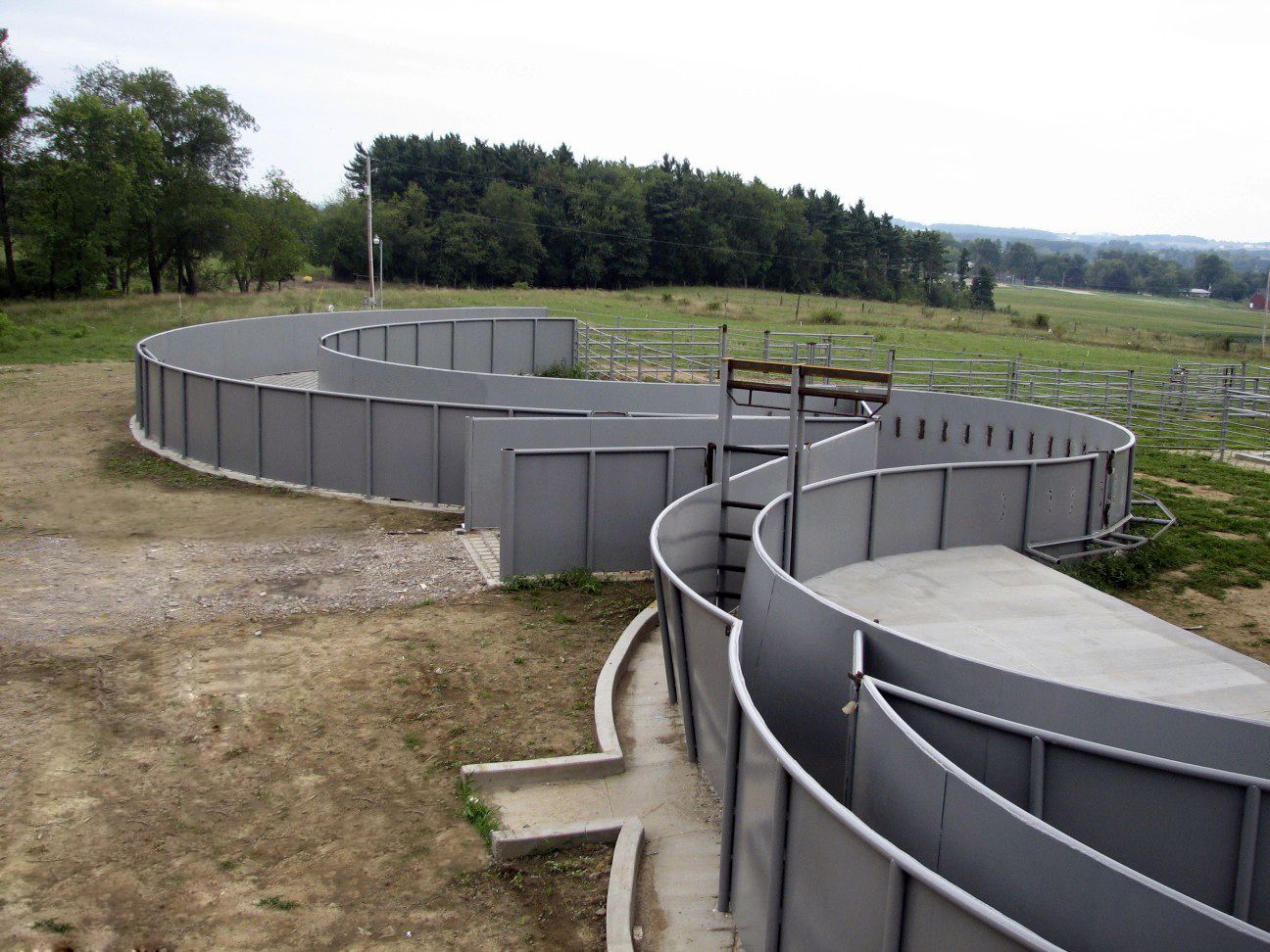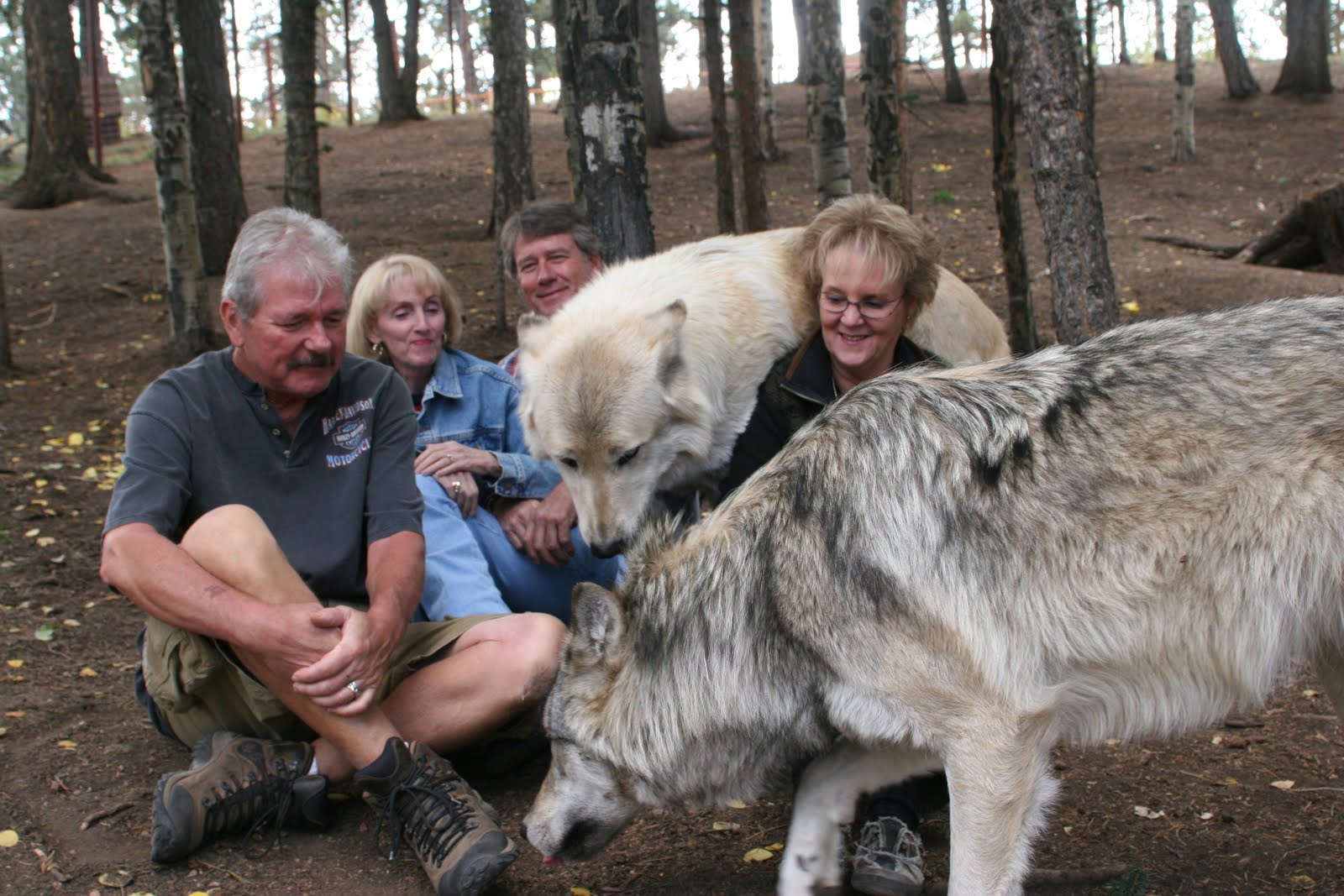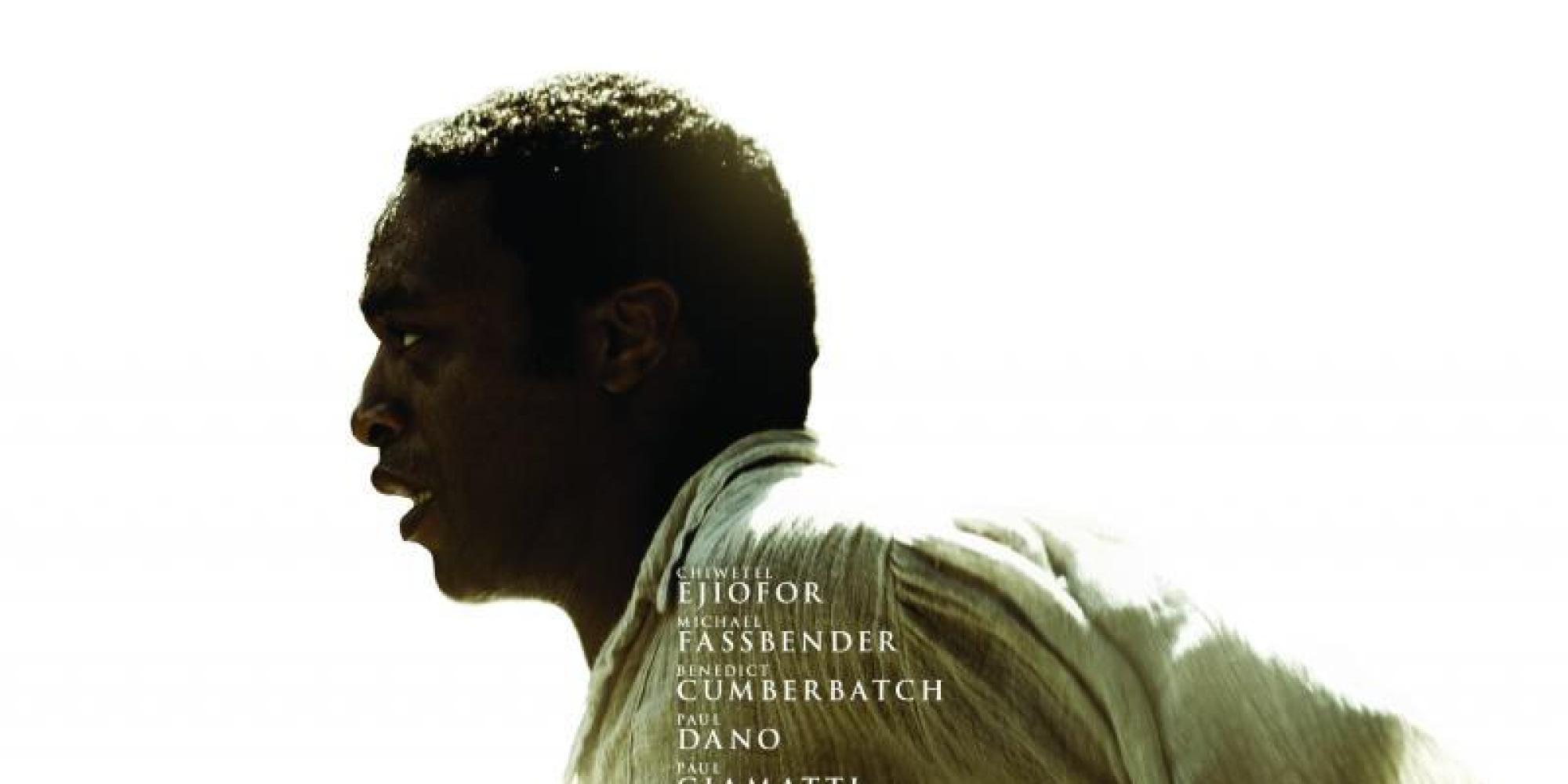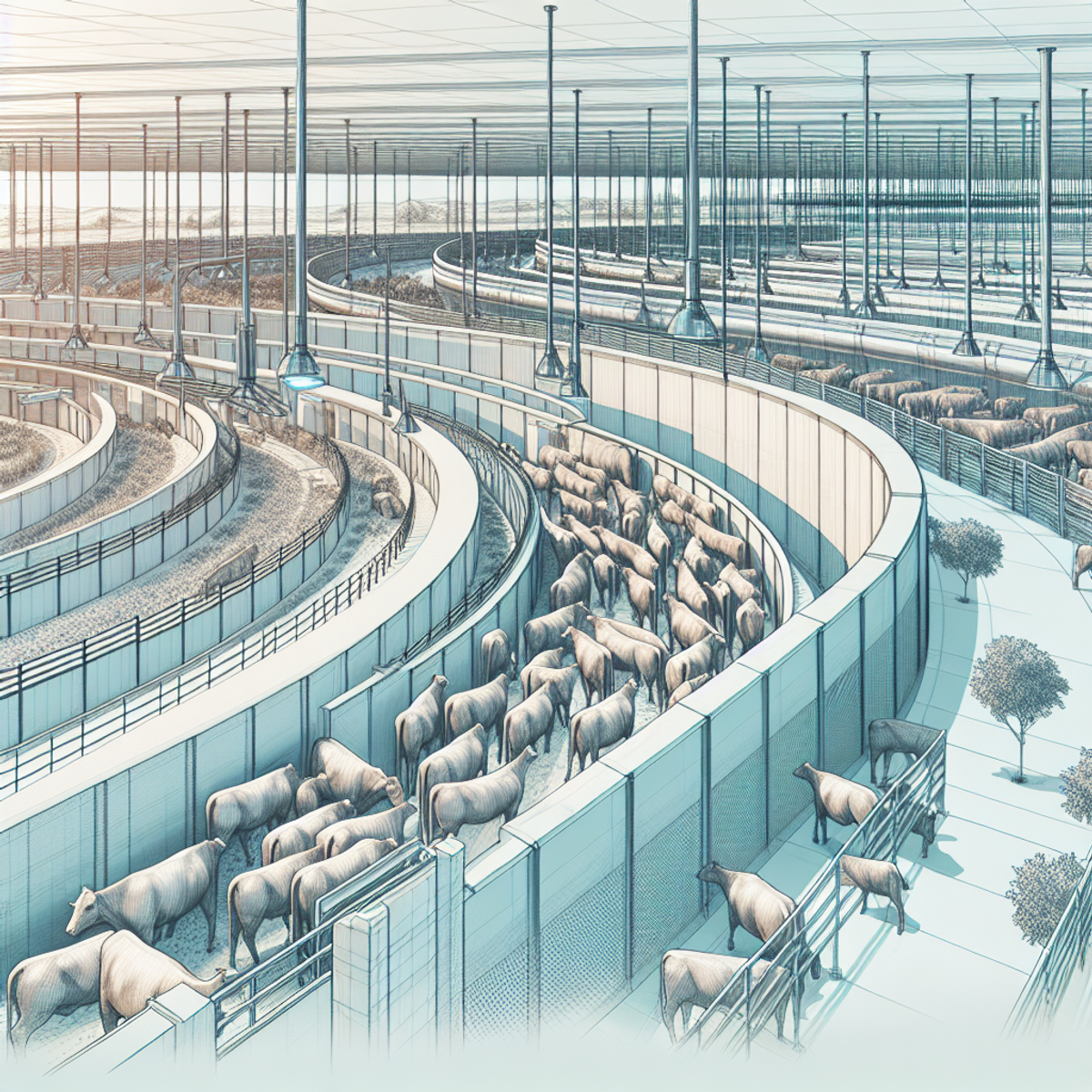
Fact: Temple Grandin’s ‘Thinking in Pictures‘ comes from analogy of her method of seeing problems in 3-Dimensional images. This way of understanding has helped her revolutionaize the cattle industry.
Temple Grandin, a name synonymous with revolutionary changes in cattle handling, has made significant strides in improving animal welfare through her innovative designs. Diagnosed with autism, Grandin possesses an exceptional ability to ‘think in pictures,’ a cognitive process that enables her to empathize deeply with animals and visualize their experiences. Her unique insights have led to the development of humane livestock systems that are now widely adopted across the industry.
While the film Thinking in Pictures dramatically illustrated Grandin’s life and her extraordinary mind, it is her tangible contributions to real-world agricultural practices that truly underscore her impact. This article delves into the essence of Grandin’s work, exploring how her designs for cattle handling not only enhance animal welfare but also bring efficiency and ethical considerations to the forefront of the industry.
To fully appreciate Grandin’s genius, one must understand the power of unconventional thinking and its impact on various domains. Just as these pixelated portraits are created using something unexpected but genius, Grandin’s ability to ‘think in pictures’ has allowed her to revolutionize cattle handling.
Moreover, it is essential to recognize that individuals with unique cognitive abilities can contribute significantly to society. Take, for instance, the rapper Kanye West, who utilizes his bipolar mental health disorder as his ‘superpower’ in crafting lyrics that resonate with millions. This example emphasizes the importance of understanding and embracing neurodiversity, which can lead to remarkable outcomes in various fields. You can explore more about this topic and other intriguing aspects of the entertainment industry on Flip The Movie Script.
In conclusion, Temple Grandin’s exceptional ability to ‘think in pictures’ has propelled her into the realm of innovation within cattle handling practices. As her designs continue to enhance animal welfare while bringing efficiency and ethical considerations to the forefront of the industry, Grandin’s impact remains unparalleled.
Temple Grandin: Revolutionizing Cattle Handling Through Innovation and Advocacy

Temple Grandin, a renowned figure in the livestock industry, has used her unique ability to understand animals to revolutionize cattle handling practices. Grandin attributes her understanding of animals to her autism, which enables her to ‘think in pictures’, processing information through vivid images. This distinct way of thinking has not only shaped her personal life but has also brought about significant changes in how cattle are handled globally.
Thinking in Pictures: A Visual Approach to Animal Behavior
Grandin’s ability to see the world as a series of images or videos has allowed her to deeply connect with how animals perceive their surroundings. She posits that, similar to individuals with autism, animals rely on their visual senses rather than words to comprehend their environment and respond to specific cues that may go unnoticed by neurotypical individuals.
Oliver Sacks’ Recognition:
Neurologist Oliver Sacks played a crucial role in popularizing Grandin’s innovative methods. Recognizing the value of her unique insights, Sacks featured her work in his writings, thereby validating the link between autism and animal science. This recognition emphasized the significance of diverse perspectives in scientific research and shed light on the transformative potential of Grandin’s approach.
Innovative Cattle Handling Systems:
Grandin’s contributions to improving livestock handling practices are centered around her innovative designs that consider natural animal behavior. These designs prioritize animal comfort and reduce fear responses, leading to ethical benefits for the animals as well as practical advantages for farmers and meat processors.
Some key innovations include:
- The curved chute system, which reduces stress by allowing cattle to follow what they perceive as their own choice.
- Central sorting areas that improve efficiency while minimizing rough handling of animals.
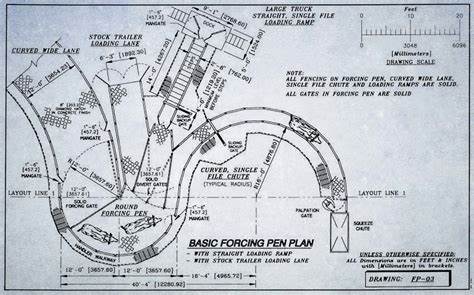
By empathizing with the cattle and placing herself in their position, Grandin was able to identify aspects of traditional handling systems that caused fear or discomfort. Her keen eye for detail allowed her to address seemingly inconspicuous design flaws, such as strong shadows or hanging chains, which greatly upset the livestock. Rectifying such issues not only improved the efficiency of slaughterhouses but also ensured kinder treatment of animals.
Advocacy and Industry Influence:
Grandin’s impact extends beyond individual farms or companies. As an advocate for change within the livestock industry, she combines scientific knowledge with practical solutions. Her designs have been widely implemented and proven effective in numerous facilities worldwide, thereby shaping industry standards and pushing the boundaries of what is considered acceptable in terms of animal welfare.
The profound impact of Temple Grandin’s work is felt by:
- Farmers and ranchers seeking to run efficient operations while upholding their commitment to animal welfare.
- Consumers concerned about the ethical treatment of animals and the origins of their food.
By embracing her autism as a strength rather than a hindrance, Temple Grandin has completely transformed how cattle handling systems are designed, making them more humane and setting a new standard for compassionate innovation in the livestock industry.
2. From Mind to Model: Applying ‘Thinking in Pictures’ to Slaughterhouse Efficiency and Animal Welfare
Temple Grandin’s groundbreaking approach of ‘thinking in pictures’ has not only fascinated cognitive researchers but has also revolutionized the meat processing industry, particularly in terms of slaughterhouse efficiency and animal welfare. By perceiving the world through visual thinking, much like animals do, Grandin was able to observe details and patterns that often went unnoticed by others.
Visualizing Stress Factors
Animals, being highly sensitive to their surroundings, can experience stress due to various factors such as shadows, bright lights, or sharp contrasts. These stressors not only cause suffering but also impact the overall quality of meat produced. Grandin’s keen observations led her to mentally map out the path an animal takes from pen to slaughter, identifying points of agitation and designing innovative solutions to alleviate them.
Her innovations include:
- Non-slip Flooring: Preventing animals from falling and experiencing panic.
- Solid Side Walls: Blocking distractions that could startle livestock.
- Strategic Overhead Lighting: Encouraging forward movement without fear.
These improvements are not just about showing kindness towards animals; they are about enhancing efficiency. Calmer animals are easier to handle and process, which reduces injuries and improves meat quality—a win-win for both animal welfare and industry standards.
Ethical Considerations
Grandin’s designs were deeply influenced by a strong ethical imperative—recognizing that if society is going to use animals for food, there is a moral obligation to minimize their suffering. Consequently, her humane slaughter methods were born from this belief. For instance, her curved chute system capitalizes on cattle’s natural tendency to return where they came from, reducing stress during movement towards the stunning area.
Grandin’s three principles for humane slaughter include:
- Reduction of Fear: Designing facilities that keep animals calm.
- Quick Rendering Unconscious: Using effective stunning techniques.
- Minimization of Pain: Ensuring procedures are as pain-free as possible.
By adhering to these principles, Grandin has not only advocated for better conditions but has also established new benchmarks for what constitutes humane treatment within the industry.
Implementing Change
The widespread adoption of Grandin’s methods across slaughterhouses signifies a significant shift towards more compassionate practices. As her concepts spread worldwide, companies began recognizing the tangible benefits of incorporating humane design into their operations. These changes have set new standards in animal handling that continue to influence regulatory policies and industry practices today.
This transformation from mind to model underscores the profound impact thinking in pictures can have on real-world applications—demonstrating how one individual’s unique view can lead to significant advancements in both efficiency and ethics.
3. Temple Grandin’s Impact on Industry Practices and Public Perception
The cattle industry has long faced significant scrutiny over its practices, particularly around the issues of factory farming and animal welfare. Factory farms often prioritize efficiency and profit margins at the expense of the animals’ wellbeing, leading to overcrowded living conditions, stress, and inhumane treatment. Public awareness of these conditions has surged in recent years, with consumers increasingly demanding transparency and ethical standards in livestock production.
Temple Grandin’s Approach to Cattle Industry Challenges
Grandin’s innovations have directly addressed some of these concerns by designing facilities that reduce stress for animals during handling. Her designs include features such as:
- Non-Slip Flooring: Improves stability for cattle on their way to slaughter.
- Solid Sides: Prevents cattle from becoming distracted or agitated by external stimuli.
- Overhead Lighting: Reduces contrast and shadows that might cause hesitation or fear in animals.
These improvements not only enhance animal welfare but also increase efficiency and worker safety within the industry.
Influence on Public Perception
Grandin’s work has also played a pivotal role in influencing public perception:
- Educational Outreach: By speaking at conferences and writing extensively about her methods, Grandin educates industry professionals and the general public about humane animal handling.
- Media Presence: Her visibility in media, including documentaries and interviews, raises public awareness about more compassionate livestock management practices.
- Advocacy for Change: As an advocate for animal welfare, Grandin’s endorsement of certain practices lends credibility to movements aimed at reforming industry standards.
The broader influence of her work extends beyond facility design, as she promotes a philosophy that integrates ethical considerations into every aspect of livestock production. This approach encourages a shift towards more sustainable and humane practices within the industry.
Shaping Meat Consumption Attitudes
As consumers become more conscious about where their food comes from, they seek out products aligned with their values. Producers who adopt Grandin’s methods can use this as a marketing advantage:
- Labeling: Products may carry labels indicating humane treatment of animals, potentially attracting customers willing to pay a premium for ethically produced meat.
- Certification Programs: Certifications such as “Animal Welfare Approved” provide reassurance to consumers regarding animal handling throughout the production process.
Through her extensive work, Temple Grandin has become synonymous with progress in animal welfare within the cattle industry. As attitudes towards meat consumption continue to evolve, her contributions remain central to discussions around ethical livestock management and factory farming reforms. The changes initiated by Grandin’s principles reflect a growing consensus that animal welfare is not just an ethical imperative but also an essential component of modern agriculture.
By integrating her unique insights into practical applications, Grandin has redefined norms within the cattle industry and beyond. Her legacy continues to inspire improvements across various sectors that interact with animals—ensuring that compassion remains at the heart of human-animal relationships.
Grandin’s influence is akin to the impact certain movies have had on industries and public perception. For example, The Police’s 1982 hit song “Every Breath You Take” became synonymous with obsession and surveillance despite its melodic appeal.
4. The Controversy Surrounding Horse Slaughter: Unveiling the Nuances
Horse slaughterhouses and the equine industry face a complex web of ethical, emotional, and cultural controversies. Unlike cattle, horses in many societies are often seen as companion animals or majestic creatures symbolizing freedom and spirit, rather than livestock. This perception fuels a significant part of the debate regarding their slaughter for meat.
Animal Welfare Concerns
The welfare of horses in slaughterhouses is a topic that arouses strong emotions and ethical debates. Critics argue that the process is inherently cruel, citing issues such as:
- Transport conditions where horses may be injured or stressed
- Inadequate holding facilities that do not cater to the unique needs of horses
- The slaughtering methods which may cause unnecessary fear and pain
Temple Grandin’s work has been instrumental in improving conditions within these controversial environments. Her insights into animal behavior have led to several enhancements:
- Designing facilities that reduce stress for horses through non-slip flooring and better lighting
- Improving handling techniques to minimize fear prior to euthanasia
- Recommending changes to transportation practices to ensure a more humane journey for equine destined for slaughter
Cultural Perspectives on Horse Meat Consumption
Culturally, the consumption of horse meat varies greatly around the globe. In some countries, it is considered a delicacy or a staple, while in others, such as the United States, it is largely taboo. This divergence influences public opinion and policy regarding horse slaughterhouses.
Impact on Horse Industry
The equine industry itself is multifaceted, encompassing not just meat production but also sports, recreation, and companionship. The controversy over horse slaughter has ripple effects across:
- Racing where retired thoroughbreds may end up in slaughterhouses
- Private ownership with concerns about what happens to horses when they are no longer wanted or can be cared for
In addressing horse slaughterhouse conditions, Temple Grandin faced unique challenges due to the different anatomy and psychology of horses compared to cattle:
- Their flight response is more pronounced, requiring specialized handling techniques
- They have a different social structure which impacts their behavior in holding pens
- The layout of facilities must account for their larger size and different movement patterns
By advocating for changes specific to these needs, Grandin has made strides in promoting more humane practices.
While her involvement has been pivotal in advancing animal welfare within the context of horse slaughterhouses, it remains a polarizing issue with no simple resolution. The juxtaposition between recognizing horses as sentient beings deserving compassion and respecting cultural dietary preferences presents an ongoing challenge.
As readers continue exploring this topic, they might find parallels in other narratives where individuals stand up against prevailing norms to effect change—much like how unexpected choices led Richard Dean Anderson to land the lead role in MacGyver, or how Ben Affleck and Matt Damon crafted a screenplay that would only resonate with studios that genuinely cared about their vision.
Examining the Link Between Autism and Animal Behavior Understanding
Temple Grandin’s unique way of perceiving the world has been instrumental in her groundbreaking work with cattle handling. This perception is deeply intertwined with her autism spectrum disorder (ASD), a condition that affects communication and behavior. Research into ASD has uncovered a fascinating connection between this disorder and enhanced abilities in certain areas, including understanding animal cognition.
The Role of Visualization in Animal Cognition Understanding
Grandin herself often describes thinking in pictures—a vivid, detailed construct of visual thought processes. This cognitive style can contribute to heightened observational skills and attention to detail—traits that can be particularly beneficial when studying non-verbal creatures like animals.
Visual thinkers, as Grandin has identified herself, might be more attuned to the subtle cues animals use to communicate, such as body language or changes in their environment. This sensitivity allows for a deeper comprehension of animal needs and behaviors.
Notable Research on ASD and Animal Behavior
Beyond Grandin’s contributions, there have been other significant studies exploring the relationship between ASD and animal cognition:
- Empathy and Emotional Recognition: Some individuals with ASD exhibit a profound empathy towards animals, possibly due to shared experiences of sensory sensitivities or non-standard communication methods.
- Attention to Detail: Many on the autism spectrum possess an exceptional focus on details which can lead to noticing patterns or distress signals in animals that others might overlook.
The insights gained from these studies not only expand our understanding of animal behavior but also challenge misconceptions about ASD, highlighting the strengths that can arise from this different way of experiencing the world.
The Broader Implications for Animal Welfare
The intersection of ASD and animal behavior research has broader implications for enhancing animal welfare standards. By leveraging the strengths observed in individuals with autism—such as their ability to identify environmental stressors that affect animals—there are opportunities for advancements in care across various settings, from farms to zoos.
Incorporating Inclusive Perspectives for a Holistic Understanding
Incorporating diverse perspectives into animal welfare science is crucial. It enriches the field with innovative solutions that may not emerge from traditional approaches. Acknowledging neurodiversity among researchers and advocates can lead to a more holistic understanding of what animals experience and require for their well-being.
Temple Grandin’s legacy serves as a beacon for the potential contributions that individuals with autism can make towards advancing compassionate practices within animal industries.
Temple Grandin’s Legacy: Advancing Compassionate Practices Across Industries
Temple Grandin’s innovative approach to cattle handling and slaughter has left an indelible mark on the livestock industry. Her insights into animal behavior, stemming from her unique cognitive process, have catalyzed a shift towards more humane practices in cattle euthanasia and beyond. In veterinary medicine, Grandin’s influence extends to improved euthanasia methods that prioritize the welfare of animals during their final moments.
Her contributions include:
- Enhancing the design of restraint systems to minimize stress and discomfort for animals.
- Advocating for the use of sedatives and pain management to alleviate suffering during euthanasia.
- Educating professionals on the importance of considering an animal’s perspective to ensure a peaceful end-of-life experience.
As readers with an interest in animal welfare, you carry forward Temple Grandin’s mission by supporting and learning about ongoing efforts dedicated to humane treatment. This includes not only advocating for better practices in existing industries but also fostering innovation where compassion and empathy are at the forefront of animal interaction.
For example, consider how Grandin’s work aligns with the broader concept of empathy-driven character development in media. Just as Westworld’s character Armistice is based off Olive Oatman, we can draw inspiration from real-life achievements like Grandin’s to shape fictional narratives that promote humane values.
By embracing this legacy, society can continue to improve the lives of animals in all sectors, ensuring that their well-being remains a constant priority. Your active participation in this journey towards more compassionate practices reflects a commitment to ethical stewardship that honors both the contributions of Temple Grandin and the inherent value of every living creature.
Moreover, Grandin’s work also serves as a reminder that personal transformation is possible. Just as Mark Wahlberg’s story showcases a remarkable journey from a troubled past to success, we can draw inspiration from these narratives to drive change and promote compassionate practices in our own lives.
References:
My Beef With Temple Grandin: Seemingly Humane Isn’t Enough | Psychology Today United Kingdom. (n.d.). Www.psychologytoday.com. Retrieved May 13, 2024, from https://www.psychologytoday.com/gb/blog/animal-emotions/201304/my-beef-temple-grandin-seemingly-humane-isnt-enough
Orion Magazine – Dark Horse. (n.d.). Orion Magazine. Retrieved May 13, 2024, from https://www.orionmagazine.org/article/dark-horse/
Goldman, I. by A. (2013, April 12). Temple Grandin on Autism, Death, Celibacy and Cows. The New York Times. https://www.nytimes.com/2013/04/14/magazine/temple-grandin-on-autism-death-celibacy-and-cows.html
Edwards-Callaway, L. N., & Calvo-Lorenzo, M. S. (2020). Animal welfare in the U.S. slaughter industry—a focus on fed cattle. Journal of Animal Science, 98(4). https://doi.org/10.1093/jas/skaa040

